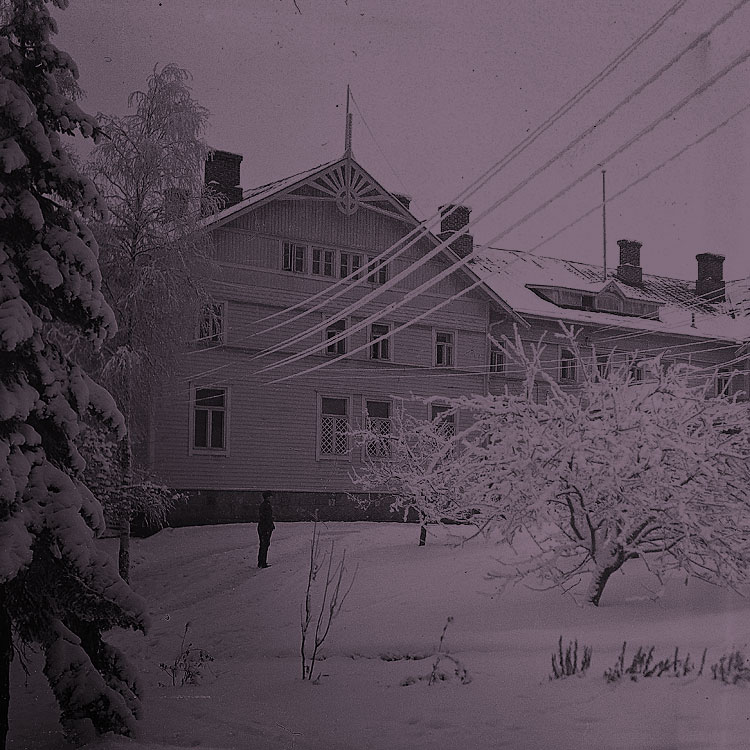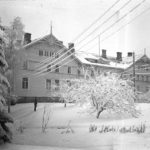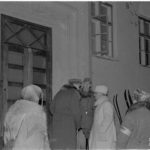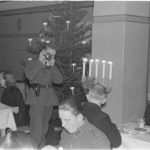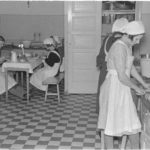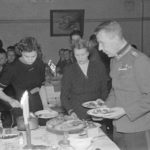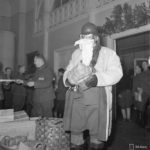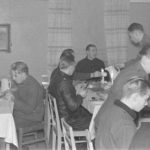Folk high schools and voluntary education work were ways for keen young learners to access education in a period when it was not possible for everyone to attend school. Otava Folk High School was used by various divisions of Headquarters throughout the Winter War and the Continuation War, and it became known as the “Otava garrison”.
At the outset of the Winter War, the school played host to the topography division, which was responsible for the Defence Forces’ map material, the training and propaganda divisions, and the head of the chaplaincy. After the Mikkeli bombing of 5 January, Marshal Mannerheim and his staff moved to the school for a month and a half.
During the Continuation War, Otava Folk High School was the place where rail transport was organised: the Defence Forces’ centralisation and supply shipments, civil transportation, movement of industrial and commercial goods, and transportation of German supplies to Lapland were a highly complex operation, which was hindered by air raids and equipment problems.
The role of the Headquarters training division changed when the war turned into a series of trench battles: the writer of guidelines was tasked with maintaining morale among the troops with the help of physical education and a range of training activities. Cross-country skiing and boxing were the primary hobbies, and learning opportunities were arranged for men on the front.
Otava Folk High School continues to operate as a multidisciplinary school in the field of voluntary education.
